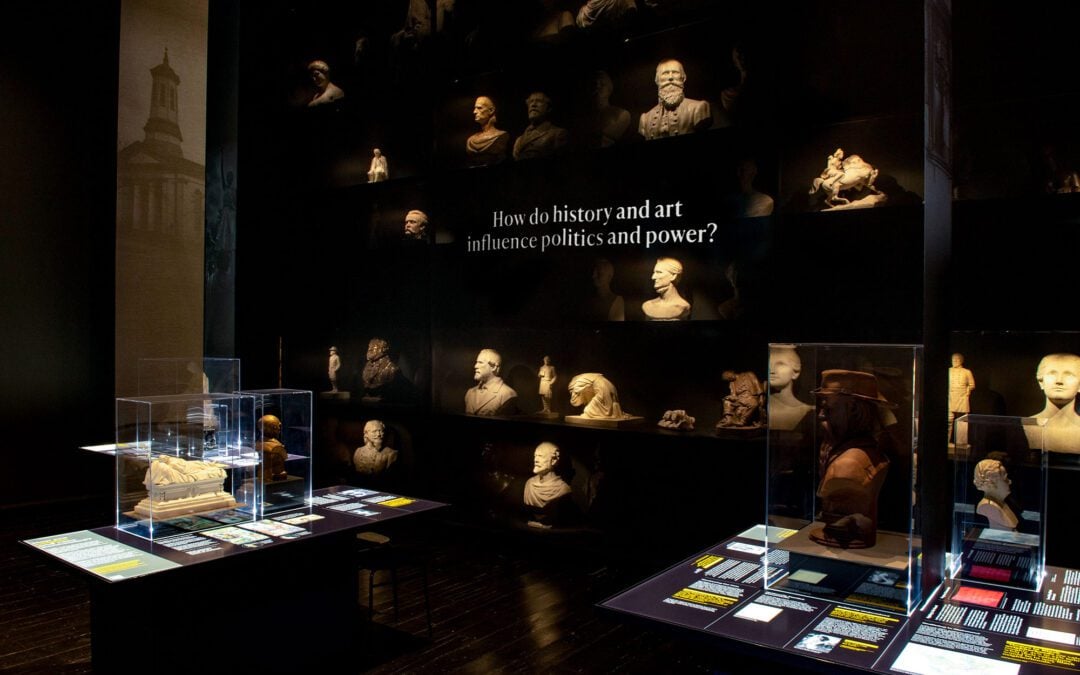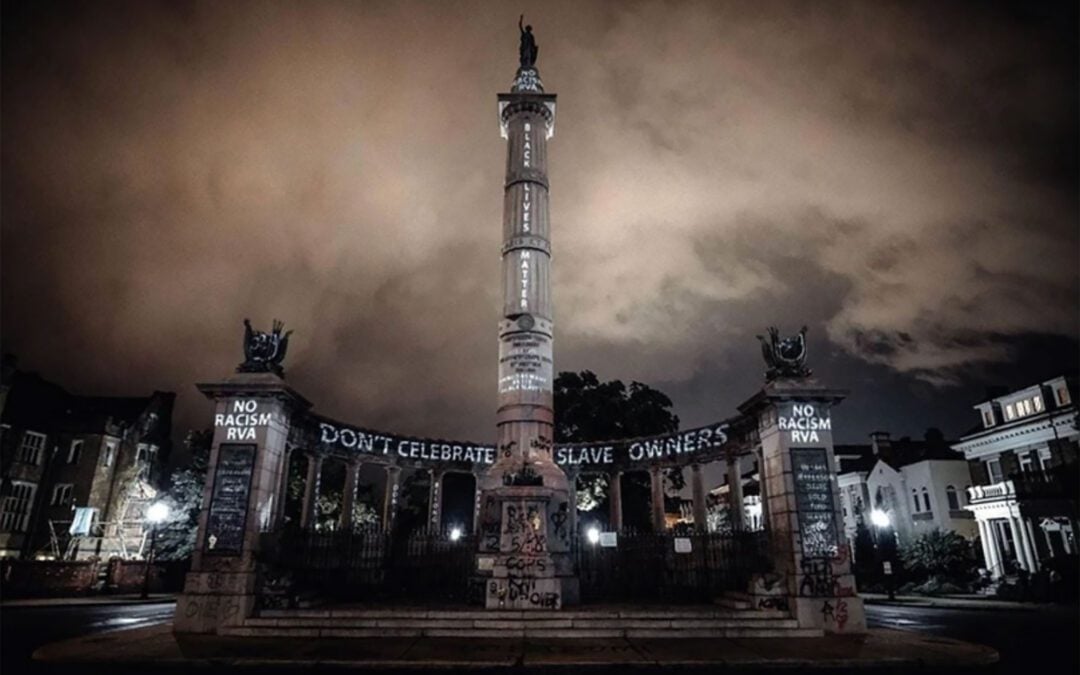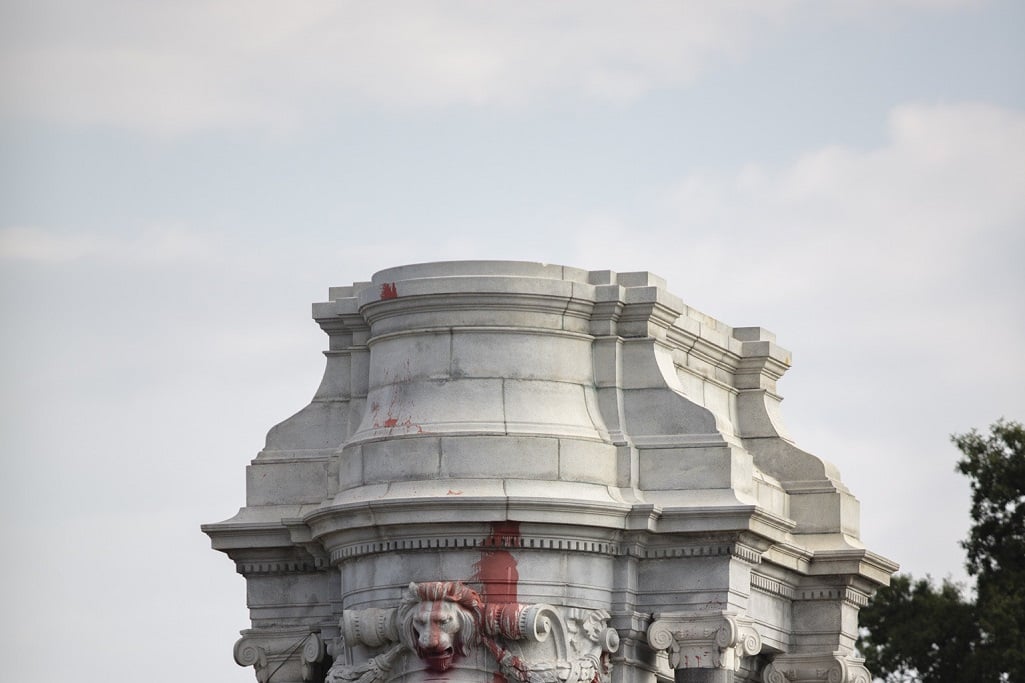In April 2023, I had the opportunity to take a tour with William Martin, the director of the Valentine Museum, and Christina Swanson, the Director of PR and Marketing. They guided me through what appeared to be a significant renovation project within the building....





